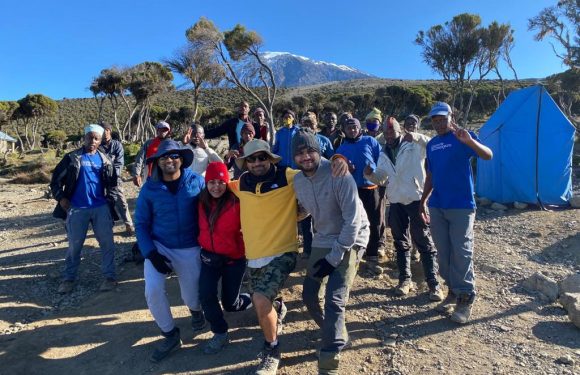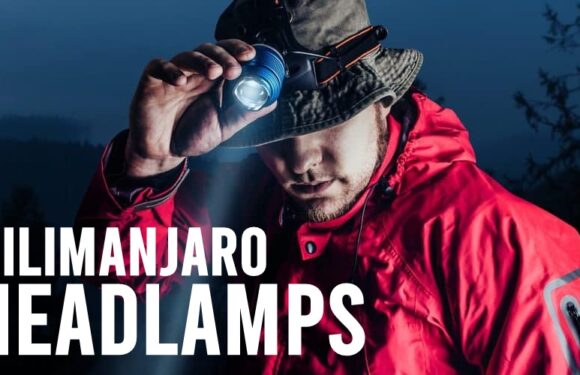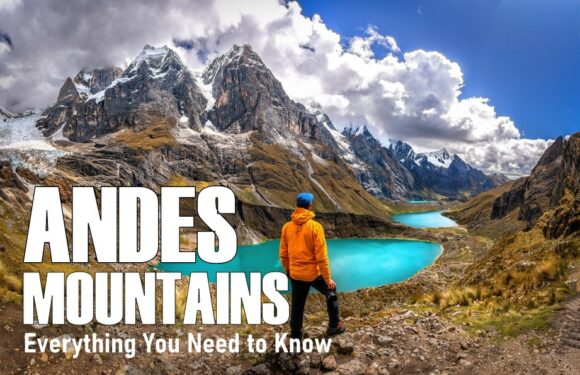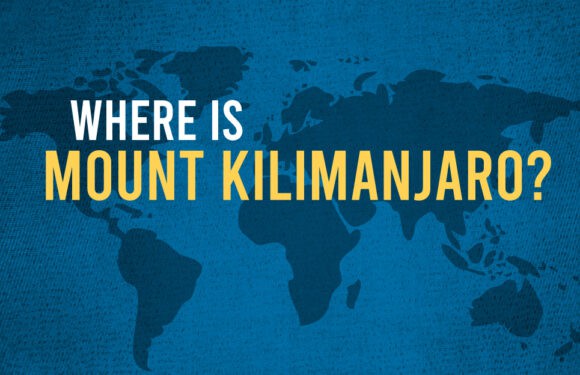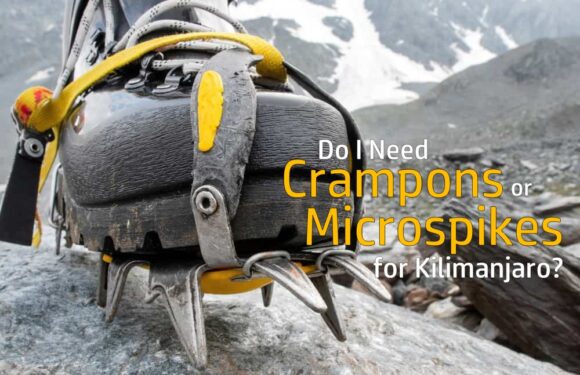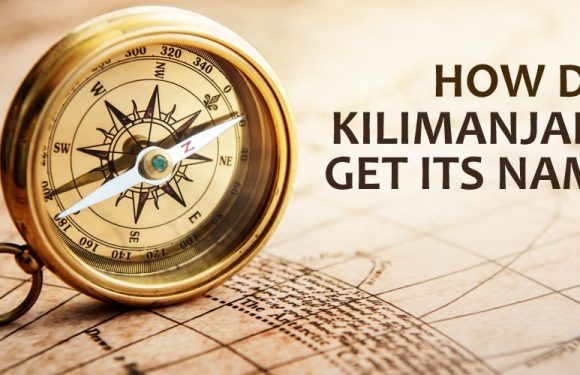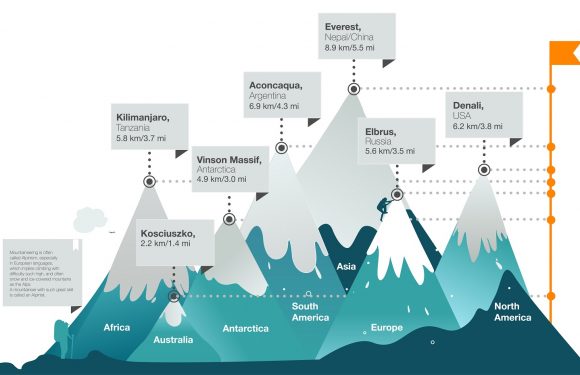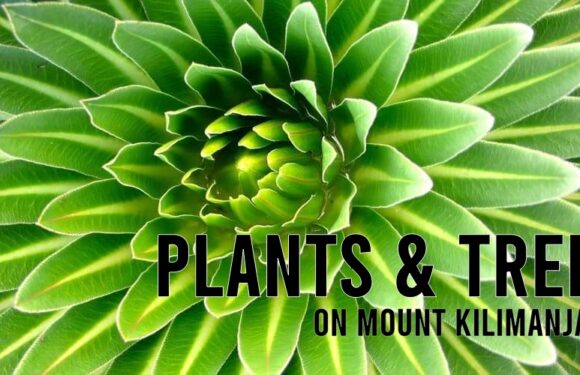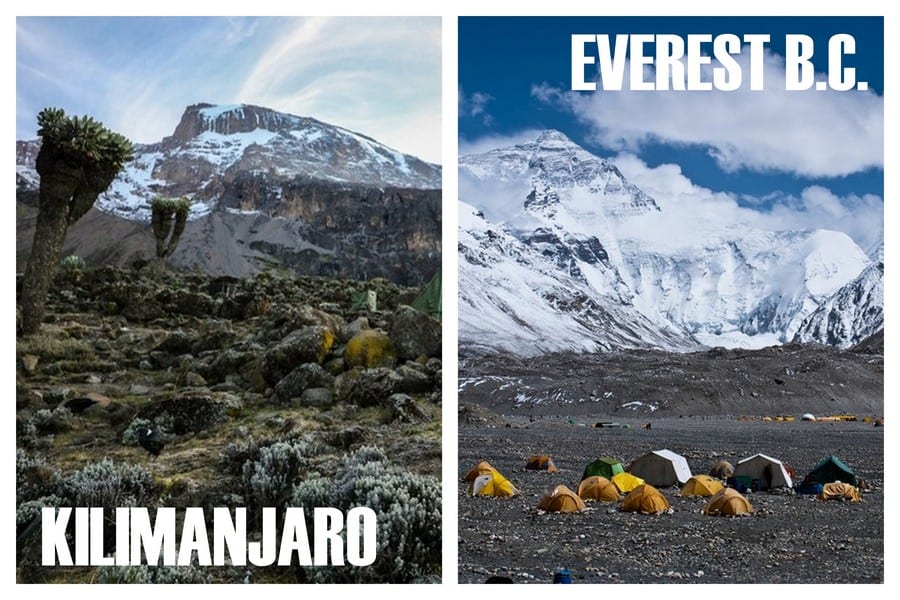
Everest Base Camp (EBC) and Mount Kilimanjaro are two of the most popular hikes in the world. Both offer unique experiences. However, they cater to different types of adventurers.
Let’s explore how these classic treks compare.
Geographic Location and Main Features
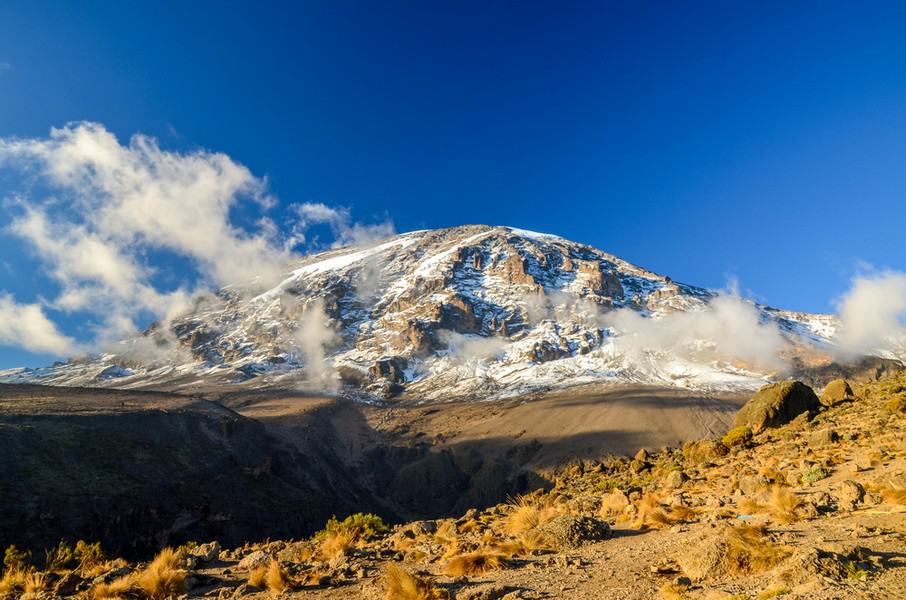
Mount Kilimanjaro is located in Tanzania, a country in East Africa. At 19,341 feet (5,895 meters) above sea level, it is Africa’s tallest peak and one of the famed Seven Summits. It is also the tallest freestanding mountain on Earth, meaning that it is not part of a mountain range.
Kilimanjaro was formed through volcanic activity about one million years ago. Several stages of volcanic eruptions, with lava flows and ash deposits, built up its height over time. The last major eruption from Kibo (one of Kilimanjaro’s three volcanic cones) occurred approximately 360,000 years ago, with the most recent activity being a few hundred years ago. This massive stratovolcano is dormant and could erupt again.
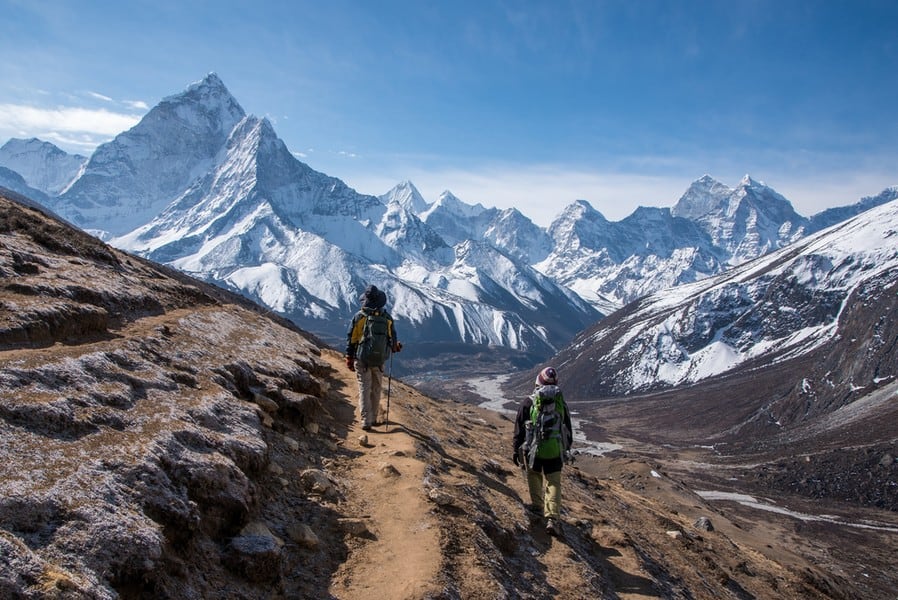
Mount Everest lies on the border between Nepal and the Tibet Autonomous Region of China. As part of the Himalayan mountain range, Everest reaches a staggering height of 29,032 feet (8,848 meters), making it the world’s highest mountain. It is also a member of the Seven Summits, as the tallest peak in the continent of Asia. Everest Base Camp Trek is located on the southern slope, at 17,598 feet (5,364 meters, on the Nepalese side.
The mountain was formed by the movement of the Earth’s tectonic plates. About 50 million years ago, the Indian Plate began colliding with the Eurasian Plate, pushing up the land that formed the Himalayas. This process continues to this day, meaning Everest is still growing each year.
Trip Duration and Acclimatization
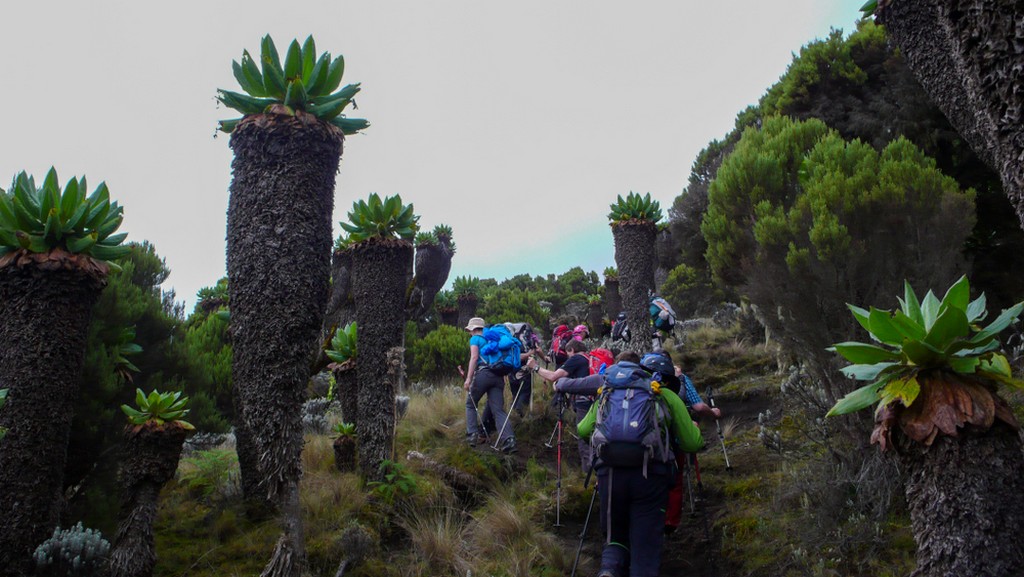
Climbing Kilimanjaro typically takes between 5 and 9 days, depending on the route. The overall success rate was last reported by the park in 2006 as 45%, however we believe the overall success rate today is significantly higher, around 70-75%.
The success rate is highly correlated to the trip length, with the longer routes yielding the best results. The shorter routes may not have enough time for most people to acclimatize, increasing the risk of altitude sickness. Kilimanjaro’s better routes utilize the “climb high, sleep low” principle to aid acclimatization. Even so, the ascent to high altitudes remains a challenge for many climbers.
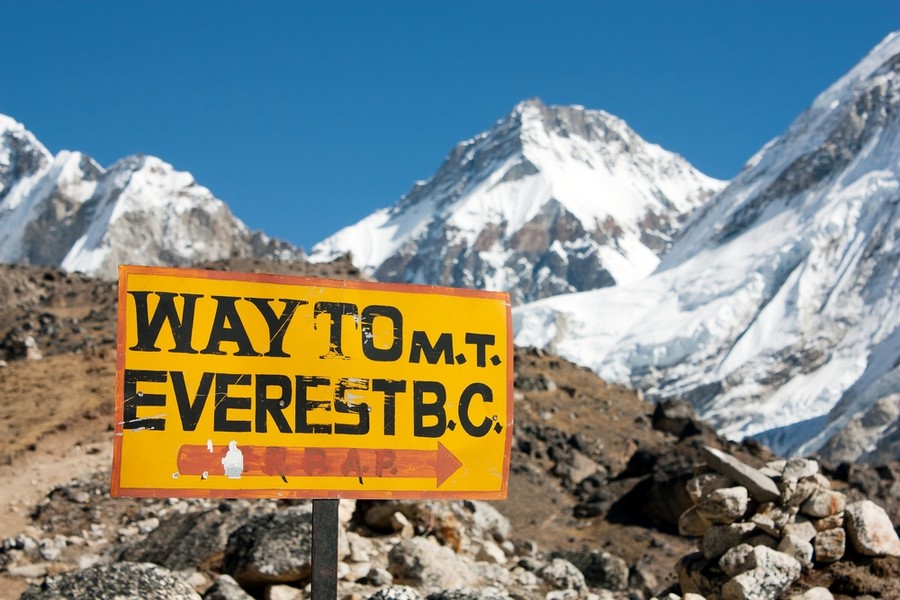
The trek to Everest Base Camp typically takes about 12 to 14 days, starting and ending in Lukla. EBC has a more favorable acclimatization schedule than Kilimanjaro. It gains less altitude over a longer time span, which reduces the incidence of altitude sickness. This is evident in its high success rate— 90%.
Acclimatization days are strategically placed to allow trekkers’ to adapt to the decreasing oxygen levels as they continue to gain elevation. These rest days are not only for safety but also offer trekkers the opportunity to explore the culture and natural beauty of the region.
In summary, Climbers are statistically more likely to experience altitude sickness on Mount Kilimanjaro than on the Everest Base Camp due to the faster ascent on Africa’s highest peak.
Hiking Accommodations
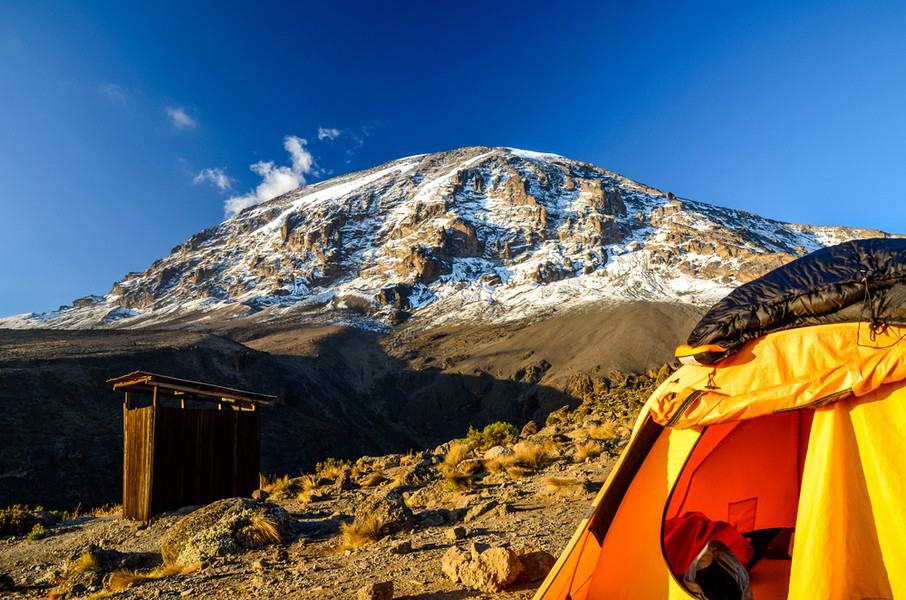
On Mount Kilimanjaro, climbers spend nights at designated campsites scattered along the various routes. These campsites are basic, with tents for sleeping, dining, and, in some cases, portable toilet facilities. The accommodation is generally communal, fostering a sense of camaraderie among climbers and crew.
In contrast, Everest Base Camp offers “tea house” accommodations. Tea houses are small lodges that offer basic rooms and home-cooked meals to trekkers. These establishments range from simple to relatively comfortable, with options for private or shared rooms, and typically include bedding. The tea houses also provide a communal dining area, where trekkers can enjoy local cuisine and interact with fellow adventurers. This setup offers a more comfortable and less isolated experience compared to camping on Kilimanjaro. Tea houses are a unique feature of the Himalayan region, reflecting the local Sherpa culture.
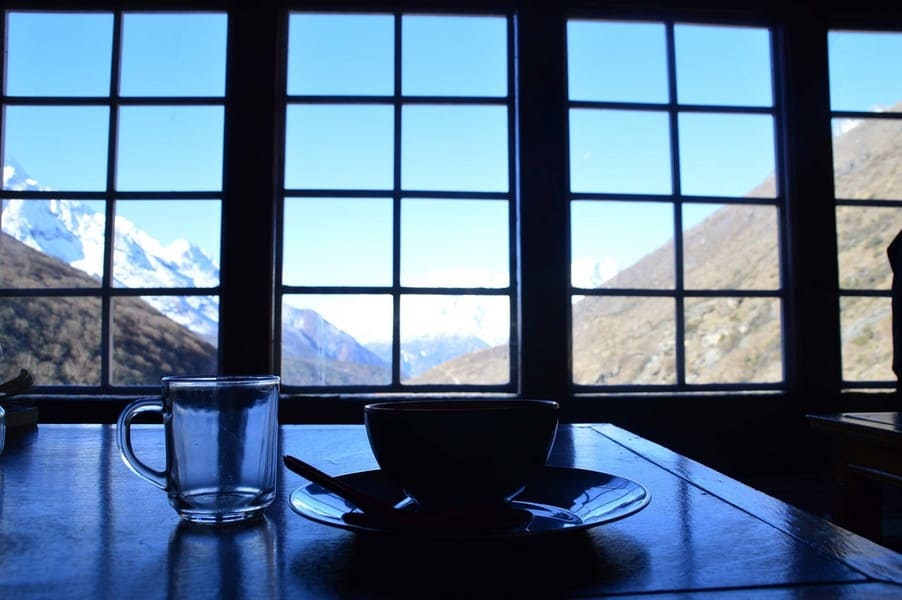
The primary contrast between Kilimanjaro’s campsites and Everest Base Camp’s tea houses lies in the level of comfort and convenience. Kilimanjaro offers a more traditional camping experience, which appeals to those seeking a traditional outdoor adventure, while Everest Base Camp’s tea houses offer a culturally rich and comfortable experience.
Hiking Difficulty
Mount Kilimanjaro is considered the easiest of the Seven Summits. The peak is accessible by seven main hiking routes, none of which require technical ability. Glacier travel—which utilizes ropes, harnesses, helmets, axes, and crampons—is nonexistent. It is known as a “walk-up” summit. The primary obstacles include poor acclimatization to the high altitude, bad weather, and extreme temperatures.
A typical day involves waking early, trekking for 4 to 6 hours, with rest stops and a lunch break, before reaching the next campsite. The final summit push, which often begins around midnight, is particularly exhausting. This requires 10 to 14 or more hours on the trail, and includes the ascent and descent to the final camp. Fatigue is compounded by consecutive days of hiking and camping, combined with the effects of altitude.
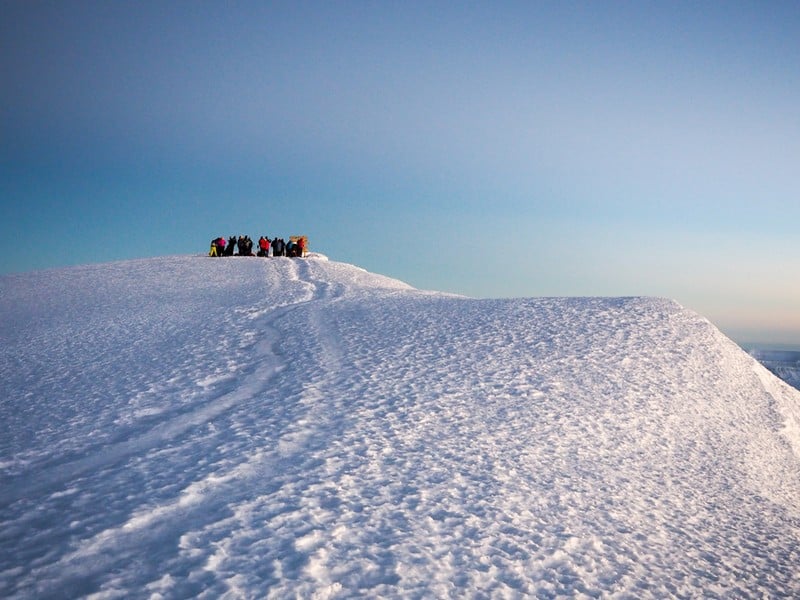
The trails on Kilimanjaro are usually well maintained, but the terrain varies widely from dusty, dirt paths to steep, rocky inclines. The weather can significantly affect trail conditions, with rain turning paths into mud, snow and ice near the summit.
The routine on Kilimanjaro is fairly regimented, with porters setting up camp and preparing meals. Hikers only need to carry a small day pack as the local mountain crews transport the bulk of the equipment and gear. Park authorities require that visitors must climb with a licensed guide.
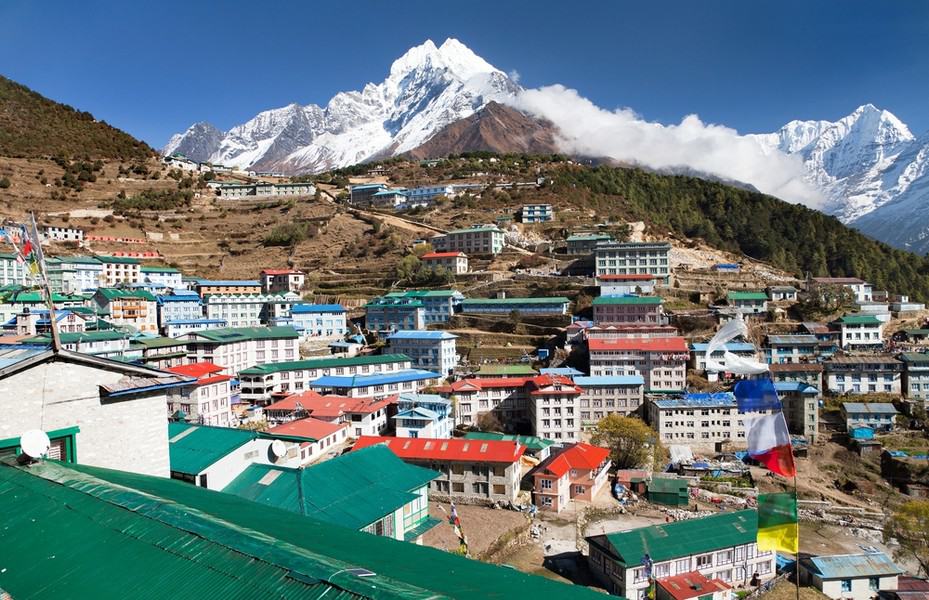
An Everest Base Camp trek is not a summit bid but a hike to the base of the mountain. It involves a gradual ascent, starting from Lukla at 9,383 feet (2,860 meters) to EBC at 17,598 feet (5,364 meters). The slower pace generally makes adjusting to the altitude easier on EBC than Kilimanjaro.
The typical day on Everest starts early with breakfast at the tea house, followed by 4 to 8 hours of trekking. The EBC trek is characterized by a more gradual ascent, evenly distributed effort across multiple days, without a singular, highly demanding day akin to Kilimanjaro’s summit day. While the daily trekking hours on EBC might be similar to Kilimanjaro, the overall journey is longer. The cumulative effect of the many hiking days can lead to more gradual but prolonged fatigue.
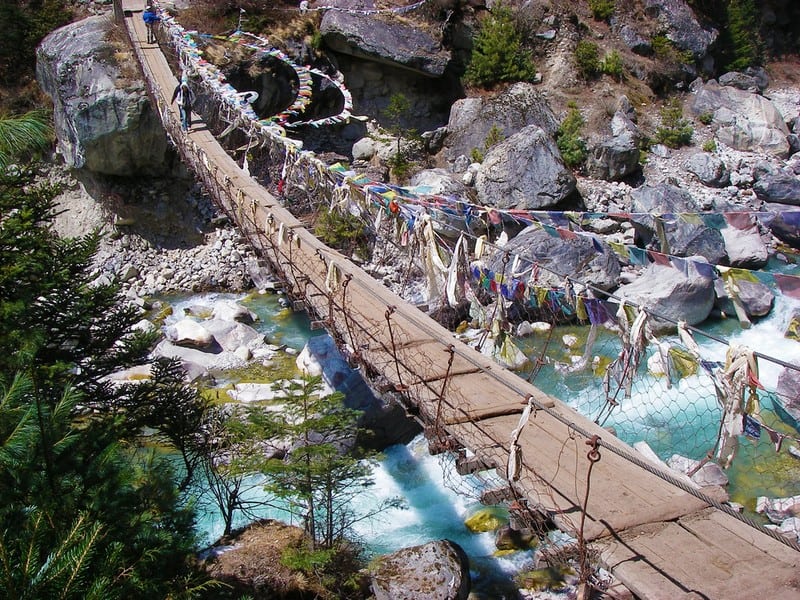
The trail to EBC is well-trodden and varies from dirt paths to rocky steps, with suspension bridges over rivers. Weather conditions can change quickly in the Himalayas, affecting trail conditions, especially with snow at higher altitudes.
With no need for setting up or breaking down camps on an Everest Base Camp trek, hikers can focus solely on the day’s journey. Most people hire a guide and porters to accompany them on EBC, but it is possible to do the hike without a guide. With a mountain crew, trekkers will only need to carry a day pack as the bulk of personal gear is carried by porters.
In summary, Climbing Kilimanjaro is generally considered more physically demanding due to the high altitude and steep summit ascent within a short period. The risk of altitude sickness is significant, and the summit day is especially hard. The EBC trek, while also demanding due to its length and altitude, has better acclimatization opportunities, making it slightly less strenuous overall.
Hiking Popularity
Kilimanjaro is an extremely popular goal for trekkers. Its status as one of the Seven Summits and the relatively easy nature, draw 30,000 to 50,000 people per year. It is probably the most climbed mountain over 5,000 meters (16,404 feet) in the world.
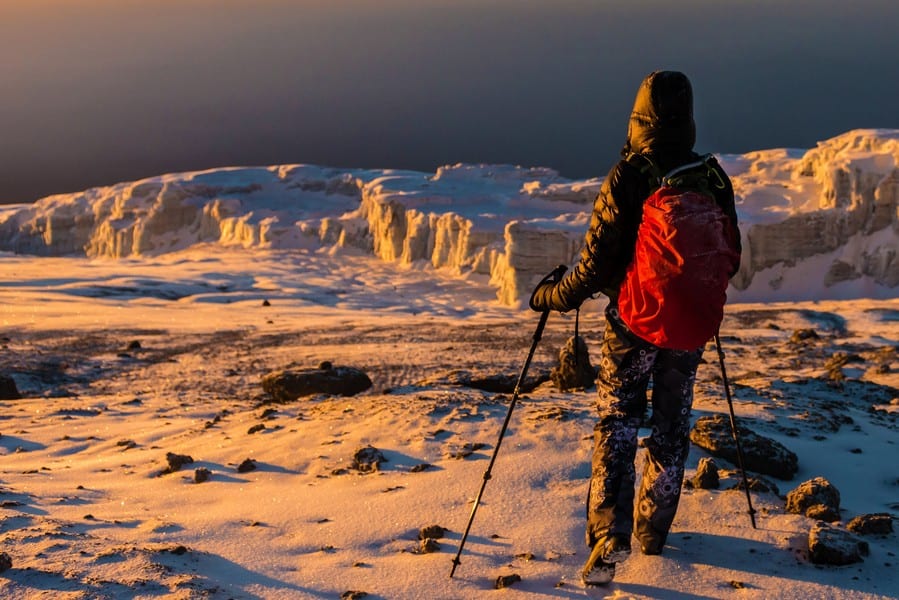
Mount Kilimanjaro can be climbed year-round, but the best conditions typically arise from July to October and from December to February. These months encompass the dry season in Tanzania.
Everest Base Camp is also one of the most popular high-altitude treks in the world, attracting 30,000 to 40,000 people each year. Its popularity stems from the allure of trekking on the world’s highest peak, Mount Everest, and experiencing the unique culture of the Sherpa people.
The best time to hike Everest Base Camp is from March to May and from October to November. The monsoon season typically runs from June to September and Nepal’s winter is from December to March. During these periods, the weather makes the trail conditions much more grueling.
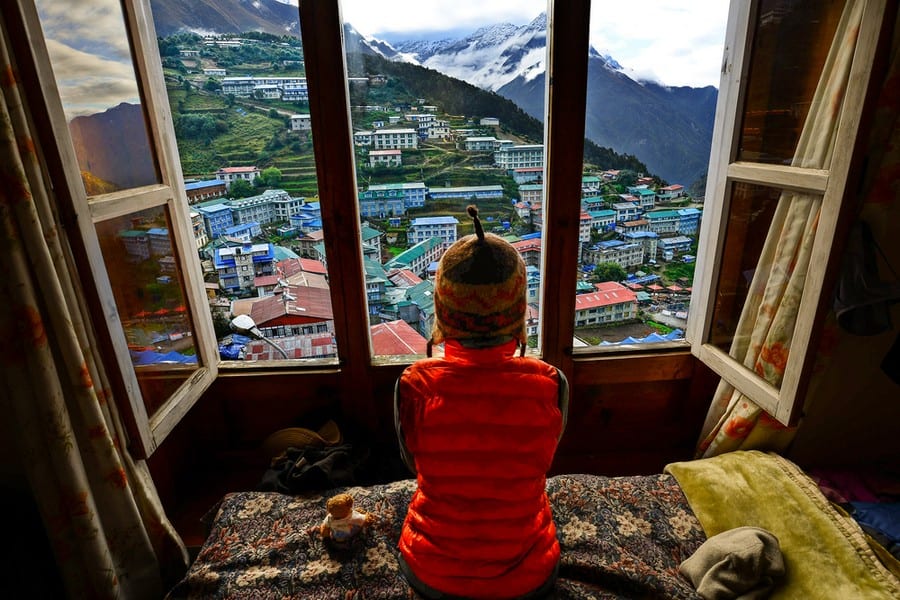
Conclusion
Mount Kilimanjaro and Everest Base Camp are both bucket list items for adventure travelers, offering unique and potentially life-changing experiences.
Kilimanjaro is a more direct challenge to reach the top of Africa, without the technical requirements of mountaineering. In contrast, Everest Base Camp presents the chance to immerse in the spectacular scenery of the Himalayas, with a focus on the journey rather than the destination.



















































